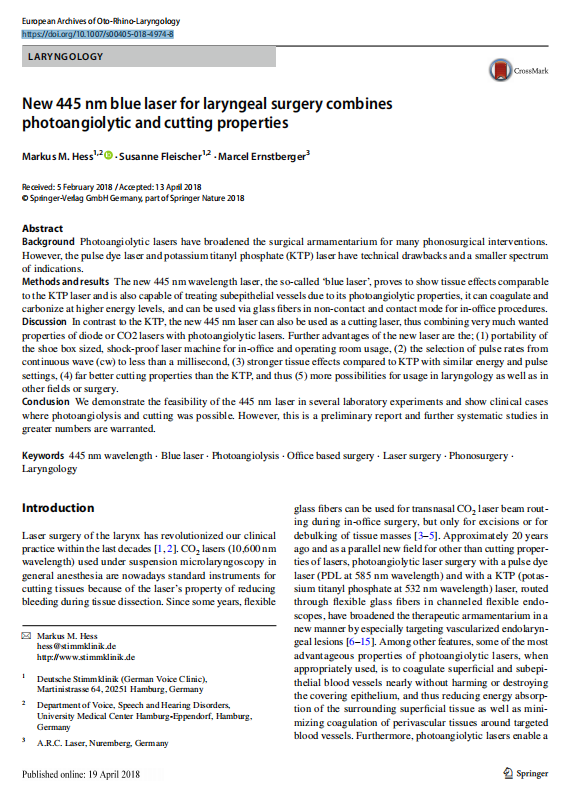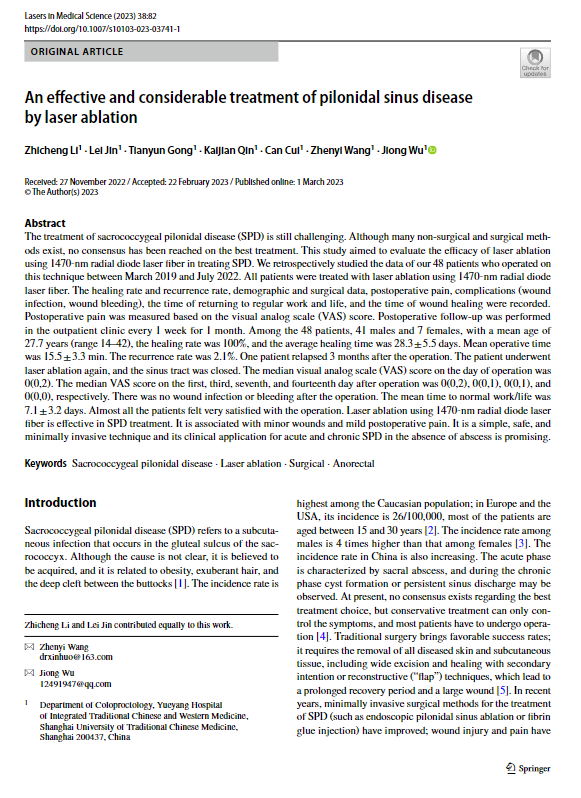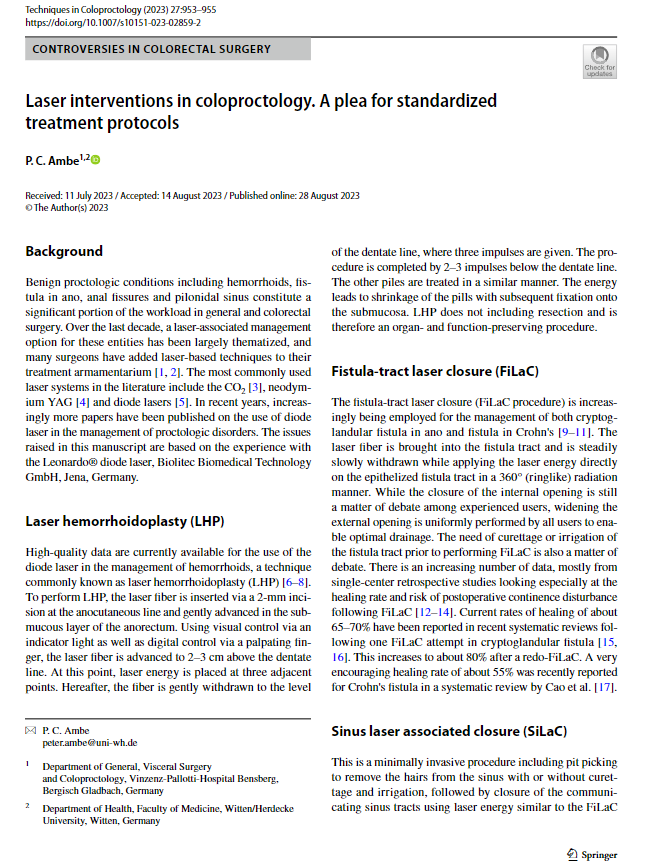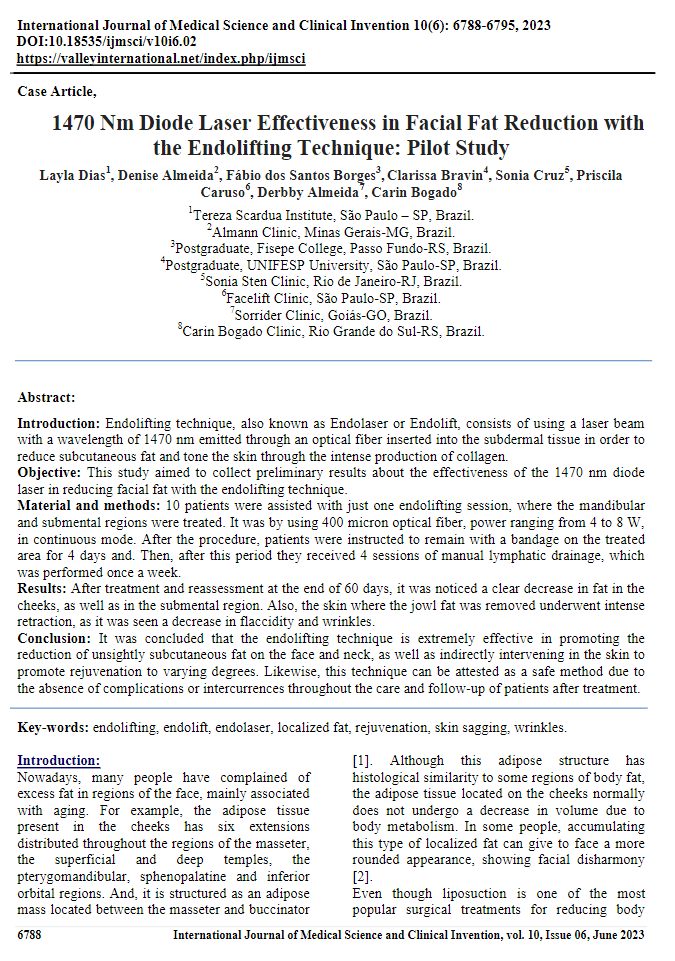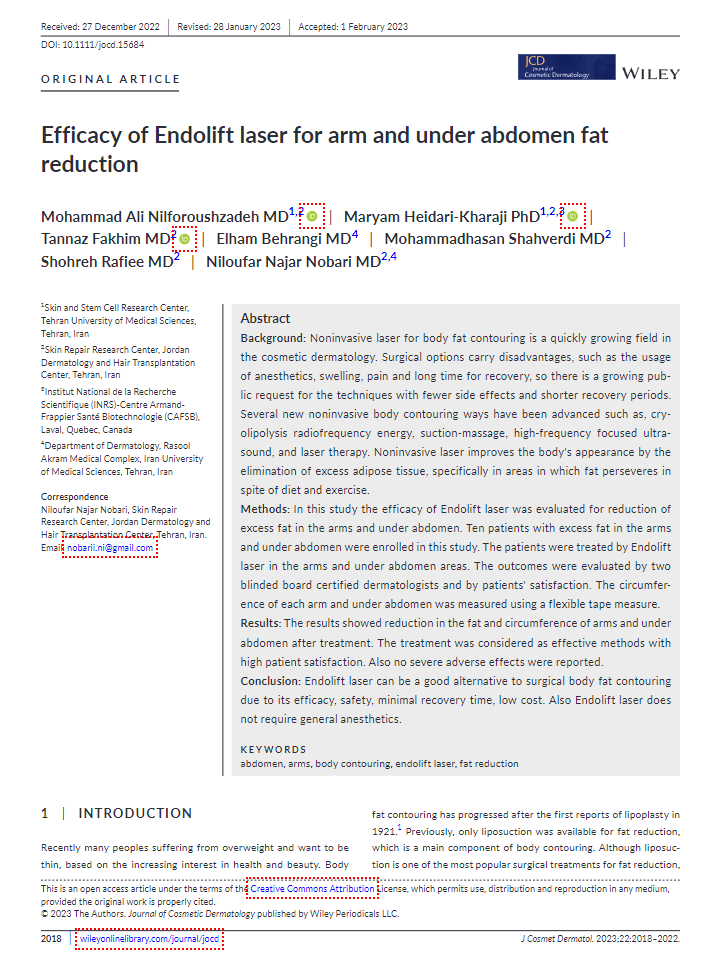New 445 nm blue laser for laryngeal surgery combines photoangiolytic and cutting properties
The 445 nm "blue laser" has expanded the range of phonosurgical interventions, overcoming limitations of pulse dye and KTP lasers. It shows similar tissue effects to KTP lasers, treats subepithelial vessels, and functions as a cutting laser. Advantages include portability, variable pulse rates, stronger tissue effects, and better cutting properties. The blue laser is effective in both office and operating room settings, with potential applications in laryngology and other surgical fields. Preliminary experiments and clinical cases demonstrate its feasibility, though further systematic studies are needed.
